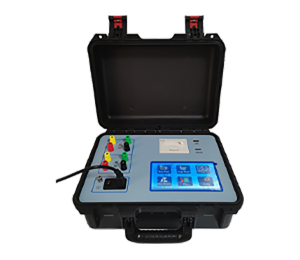 English
English


Potentiometric Titration in Pharmaceutical Analysis
Potentiometric Titration in Pharmaceutical Analysis
Potentiometric titration is a significant analytical technique employed in pharmaceutical analysis to determine the concentration of a specific active ingredient or analyte in a solution. This method leverages the concept of measuring the potential (voltage) changes in a solution as a titrant is added, providing precise information about the endpoint of a reaction.
One of the primary advantages of potentiometric titration is its high sensitivity and accuracy, making it particularly useful for analyzing drugs that may be present in low concentrations. Unlike traditional methods that rely on color change indicators, potentiometric titration uses an electrode system to detect the change in potential, which correlates with the concentration of the analyte. This provides a more objective and easily reproducible means of determining the endpoint of a titration.
In pharmaceutical analysis, potentiometric titration is often utilized to assess the purity of active pharmaceutical ingredients (APIs) and to evaluate the composition of formulations. For instance, it can be employed to determine the amount of acid in an acidic pharmaceutical preparation or to evaluate the concentration of bases in alkaline solutions. The technique is particularly beneficial when analyzing complex mixtures where conventional methods may struggle due to interference from other components.
potentiometric titration in pharmaceutical analysis

The procedure typically involves the use of a reference electrode and an indicator electrode. The reference electrode maintains a constant potential, while the indicator electrode responds to changes in the analyte concentration. By plotting the potential against the volume of titrant added, a titration curve can be developed, allowing for the accurate determination of the equivalence point—where the amount of titrant is stoichiometrically equivalent to the amount of substance being analyzed.
Moreover, the versatility of potentiometric titration extends beyond simple acid-base reactions. It can also be adapted for redox titrations and complexometric titrations, broadening its application in pharmaceutical research and development. This flexibility, coupled with advances in electrode technology and data interpretation software, has cemented potentiometric titration as a vital tool in quality control laboratories across the pharmaceutical industry.
In conclusion, potentiometric titration is an invaluable resource in the field of pharmaceutical analysis. Its precision, reliability, and adaptability make it essential for ensuring the quality and efficacy of pharmaceutical products, supporting both regulatory compliance and the overall safety of medicinal products available to consumers.
-
Differences between open cup flash point tester and closed cup flash point testerNewsOct.31,2024
-
The Reliable Load Tap ChangerNewsOct.23,2024
-
The Essential Guide to Hipot TestersNewsOct.23,2024
-
The Digital Insulation TesterNewsOct.23,2024
-
The Best Earth Loop Impedance Tester for SaleNewsOct.23,2024
-
Tan Delta Tester--The Essential Tool for Electrical Insulation TestingNewsOct.23,2024





